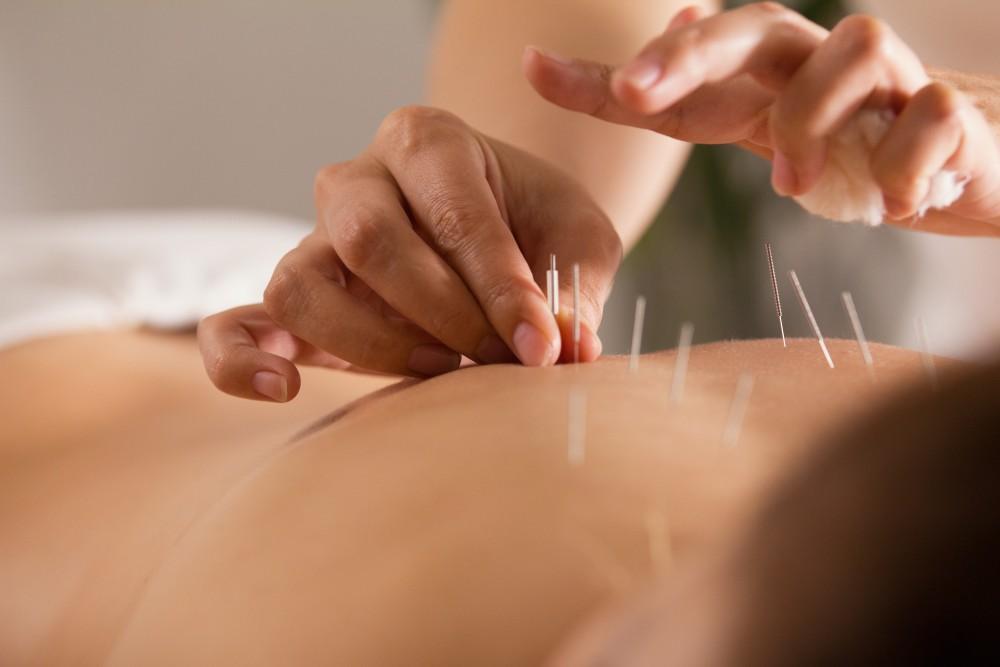
Breaking Down the Gonstead Technique and Its Benefits

Chiropractic treatment assists your body to work at peak efficiency. Many chiropractic methods exist, including the Gonstead technique — a key element of our practice at Herald Square Chiropractic and Sport.
Today, we’ll look at the components of the Gonstead technique and how its analytical approach sets it apart from other chiropractic methods.
The five components of the Gonstead technique
There’s much overlap in forms of chiropractic care. Even if we start with the Gonstead system, we might “borrow” from other methods to customize your care.
Individualizing your care is an important part of the Gonstead technique. An underlying philosophy of Gonstead is to systematically gather all relevant information about a patient’s condition.
Gonstead uses five components to assess your condition, starting when you arrive at our office. Let’s review them:
Visualization
We can gather information about your condition simply by watching you move. Your posture and gait reflect your body’s imbalances, as do tilts reflected by the level of ears, hips, and shoulders. These clues provide valuable insight into your condition.
Palpation
This hands-on technique has both mobile and static elements that help pinpoint trouble spots. Moving joints through their range of motion identifies subluxations — small misalignments of the spine that can interfere with normal body processes. Static palpation reveals temperature, texture, and tone variances around trouble spots.
Instrumentation
A bilateral device measuring body temperature on either side of the spine locates areas of inflammation resulting from subluxation. This device, called the nervoscope, shows problem conditions before treatment. It also notes improvements during and after your session.
Case management
Your symptoms and medical history add another layer of data for our chiropractors, providing context to your treatment. In combination with information gathered through other components, case management often directs specific adjustment choices.
X-rays
The Gonstead technique uses full-spine X-ray imaging from the front and the side. Full spine X-rays expose you to less radiation than sectional images while also providing context on the spine as a bodily system.
The benefits of the Gonstead technique
Gonstead has some systematic advantages over other approaches. Some benefits you’ll experience include:
- A naturally devised personal treatment plan based on a detailed and thorough assessment
- Specific adjustments based on analysis and measurables
- Non-invasive treatments without the need for anesthetics
- Reduced inflammation and pain
- Improved function and mobility
- Boosted energy levels
- Reduced dependence on pain medications
- Fewer headaches or migraines
- Improved neurological performance
- More restful sleep
Perhaps the best benefit of the Gonstead technique is its dependable and repeatable results. Many people feel better after a single adjustment, although we may recommend a series of treatments for long-lasting improvement.
Regular chiropractic care using the Gonstead technique can help you avoid re-injury. Book your Gonstead assessment online or by phone with Herald Square Chiropractic and Sport today.
You Might Also Enjoy...


Why Is the Gonstead System Considered the "Gold Standard"?

Why Is Ergonomics Important?

5 Ways to Relieve Your Chronic Joint Pain

What to Do if You're Concerned About Physical Therapy Pain


